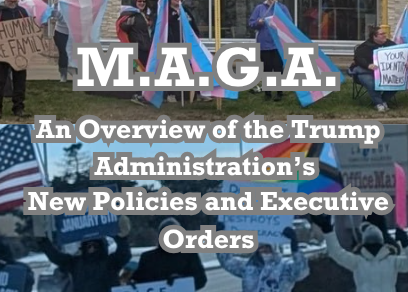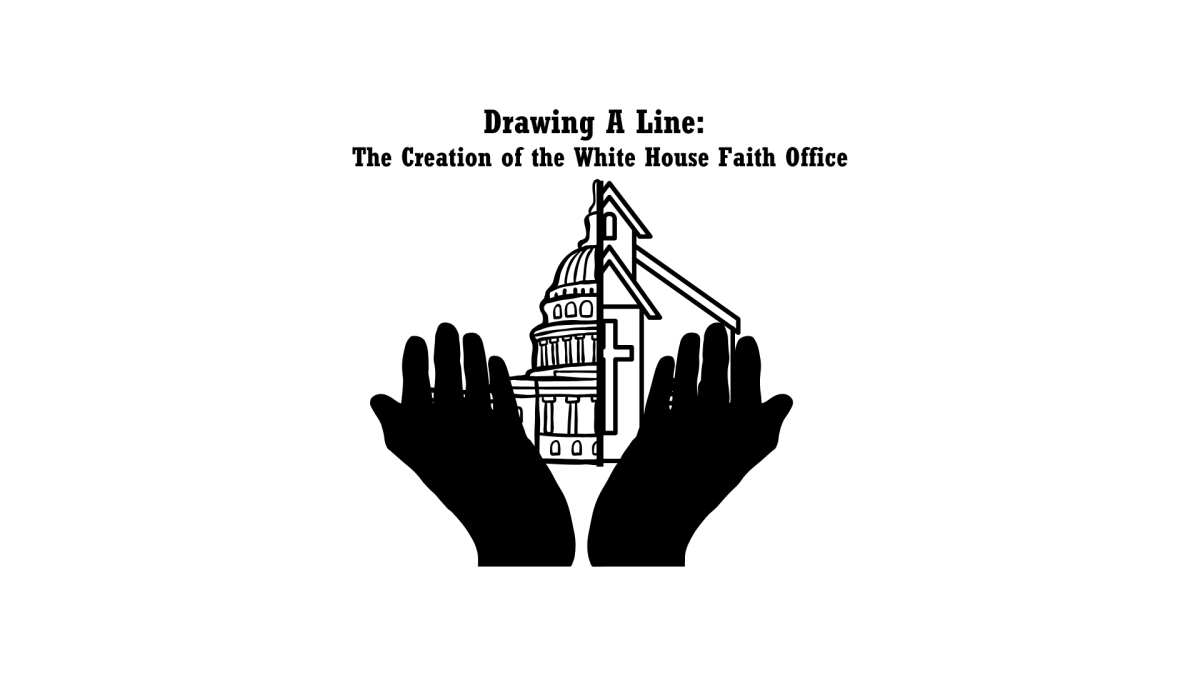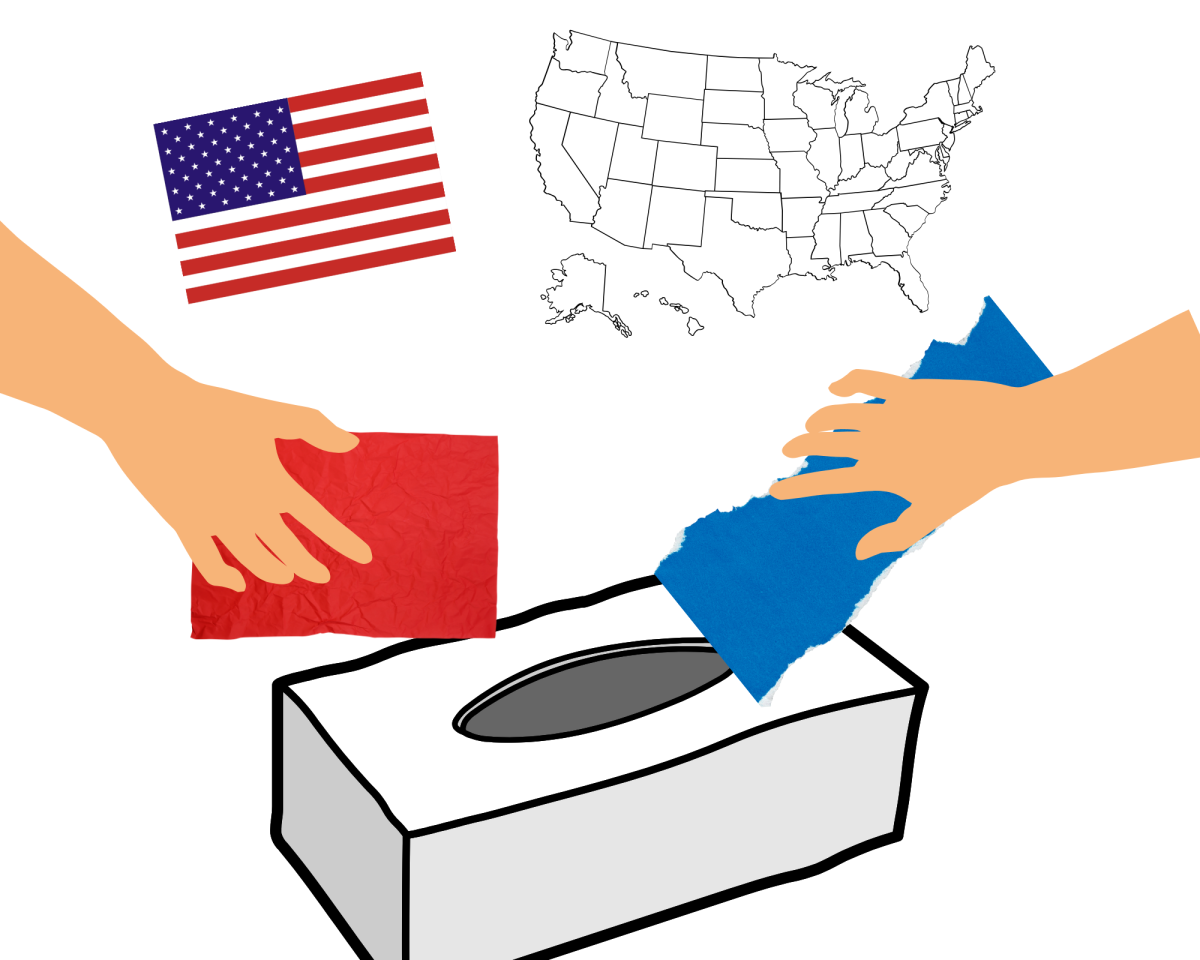Five months into President Donald Trump’s second term in office, the United States has been met with a plethora of new policies, executive orders, and statements. Currently, many Americans feel strongly about the current administrations changes, both in support and defiance of. Some worry about the policies’ effects towards education and Constitutional freedoms, while others fully support the president and his administration. Continue reading to get an overview of how major elements of American government have changed or shifted since President Trump took office this January.
Energy
Throughout his presidential campaign, President Donald Trump summed up his energy policy in three words: “drill, baby drill.” The second Trump administration has revoked earlier actions by previous administrations, including the previous Biden administration, that protected drilling in the Arctic Ocean. They have also paused leasing for wind energy projects, worked to “revoke, rescind, or revise regulations that are inconsistent with resource development in Alaska, including restrictions on oil and gas leasing in the Artic National Wildlife Refuge,” according to Sidley Austin, a global law firm. The White House said in a press release titled “President Trump is Unleashing American Energy,” “President Donald J. Trump knows American energy is the cornerstone of the American advantage — and that having efficient, reliable, and affordable energy is the key to American security.”
Immigration
The Alien and Sedition Acts were a set of four laws enacted in 1798 that applied restrictions to immigration and speech in the United States. According to the Trump administration, “The President has the authority under the Immigration and Nationality Act, as well as inherent authority under Article II of the Constitution, to prevent the physical entry of illegal aliens into the United States across the southern border.” On January 20, 2025 the White House declared a national emergency at the Southern border with Mexico. As of the time of publication, the Trump administration has deported thousands of people in America, including U.S. citizens.
Department of Education
According to their website, the mission of the DoE is to “promote student achievement and preparation for global competitiveness by fostering educational excellence and ensuring equal access for students of all ages.”
Jan. 23, 2025
- Following President Trump’s recent executive orders and initial guidance from the Office of Personnel Management, the department removed or archived hundreds of guidance documents, reports, and training materials that mention diversity, equity and inclusion from its public-facing communication channels.
March 10, 2025
- As part of the Education Department’s final mission, the department initiated a “reduction in force,” affecting nearly 50% of its workforce.
April 21, 2025
- The U.S. Education Department announced its Office of Federal Student Aid will resume collections on its defaulted federal student loan portfolio[s]. Nearly 5 million Americans are currently in default.
Sourced from press releases released by the Department of Education
LGBTQ+
In March of 2025, the Trump administration began removing language from federal websites and programs that, according to The New York Times, “the federal government [considered] ‘woke’ initiatives.” Beyond language, the current presidential administration has also removed images and documents related to LGBTQ+ issues and history. Iowa has become the first state to formally remove “gender identity” as a protected characteristic from their Human Rights Act. Texas has introduced a bill, while unlikely to pass, that proposes identifying as transgender would result in a felony with mandatory jail time and a fine up to $10,000, according to the Lake County LGBTQ+ Center and NBC News.
“The impact on the LGBTQ+ community has been profoundly damaging. Direct access to federal grant funding has been essentially eliminated in many areas that directly impact our ability to serve the public.”
Health care
The Trump administration has moved to restrict gender-affirming surgeries and care, cutting hospital funding for services that fall under the broader category of gender-related health care. Trump has issued an order titled “Defending Women From Gender Ideology Extremism and Restoring Biological Truth to the Federal Government,” which removes federal recognition of gender identity.
Trump has also announced that the United States will leave the World Health Organization (WHO), because of what he described as the organization’s “inability to demonstrate independence from the inappropriate political influence.” The Trump administration has also taken steps to withdraw the Freedom of Access to Clinical Entrances Act (FACE), which makes it illegal to harm, threaten, or interfere with a person receiving or providing abortions or reproductive care.
Some mental health care services were cut in the administrations’ reduction efforts. Over 10% of staff working for the Substance Abuse Hotline and the Mental Health Administration (SAMHAS) were fired on account of the Elon Musk advised Department of Government Efficiency (DOGE) cuts.
“People on the federal staff who oversee and are working to raise awareness of 988 nationally are the people who are gone,” a SAMHAS employ, Stacey Palosky, states on her LinkedIn profile.
Taxes
Donald Trump’s policies also have had an impact on the national economy, with both positive and negative outcomes. Trump’s administration focused on tax cuts, particularly the Tax Cuts and Jobs Act of 2017, which aimed to stimulate growth by reducing corporate tax rates, and offering tax breaks to individuals. These cuts initially set off short-term economic growth and stock market gains, but some argue they unequally benefited the wealthy and increased the federal deficit. Additionally, Trump’s trade policies, including tariffs on China (see Tariffs Explained on pg. 11 for more information), Canada, and other countries, created disruptions in global supply chains. This led to price increases on some goods and trade tensions that not only affected industries like agriculture, but also manufacturing. Trump’s unrestricted approach aimed to reduce the government’s oversight on businesses, which some argued provided economic relief to industries, especially in energy and finance. However, the long-term economic impact of these policies remains debated, as they contributed to rising debt levels and created uncertainties about future growth, particularly in areas such as healthcare, education, and public infrastructure.
Military
Since January 2025, President Trump has issued multiple military-related executive orders. See some titles below.
- Prioritizing Military Excellence and Readiness
- Designation of Ansar Allah as a Foreign Terrorist Organization
- Declassification of Records Concerning the Assassinations of JFK, RFK, and MLK Jr.
- Putting America First in International Environmental Agreements
- Reevaluating and Realigning United States Foreign Aid
- Ending the Weaponization of the Federal Government
Censorship
Articles about the Holocaust, Sept. 11, cancer awareness, sexual assault, and suicide prevention are among tens of thousands flagged for removal or already deleted from Pentagon websites, following an order from Secretary of Defense Pete Hegseth aimed at eliminating diversity-related content. Hegseth himself is a controversial figure,
Weather balloons
Trump has also moved to significantly cut funding for weather balloon programs, with launches fully suspended in some states. At least 10 sites have limited or halted balloon launches, which typically occur once or twice daily. This could result in less accurate weather reporting.
Third terms
Trump has also publicly thrown around the idea of potentially running for a third term. He has said he’s “not joking” about trying for a third term. Trump says it would in reality be a fourth term because the 2020 election was “totally rigged.” Any attempt to seek a third term would directly conflict with the 22nd Amendment to the U.S. Constitution, which states, “No person shall be elected to the office of the President more than twice.”
In 2025, President Trump’s policies have had an immediate impact on certain sectors, but their long-term effects on economic stability and inequality are still being evaluated. Donald Trump’s second term has brought significant shifts in U.S. policies that have sparked many debates across the nation. As people see the changes in education, Constitutional and civil rights, and freedoms develop, Many Americans remain uncertain about the future The new policies have left some hoping for reform, others are concerned about impacts on equality and justice. As the nation watches closely, the uncertainty surrounding each new policy decision reflects the depth in American society, highlighting the importance of staying informed and engaged in the ongoing political landscape. How these policies shape the country will depend on how citizens, communities, and leaders respond in the coming years.














































